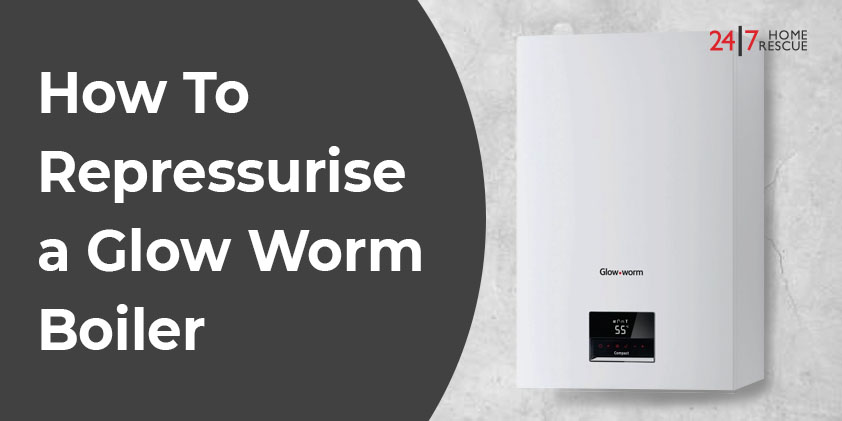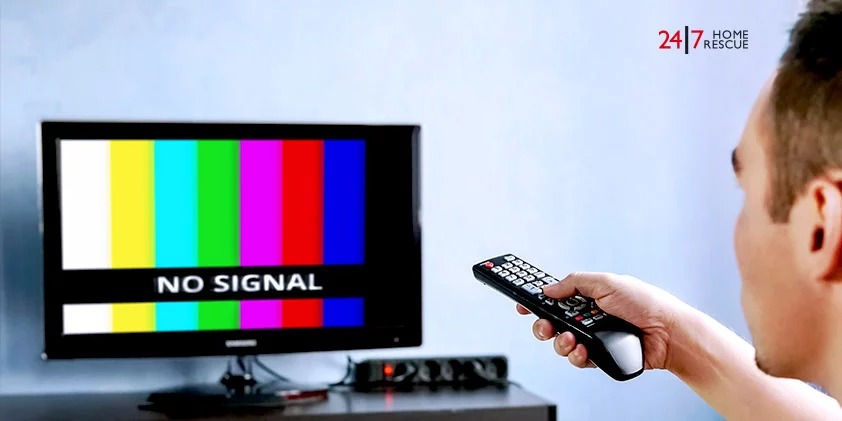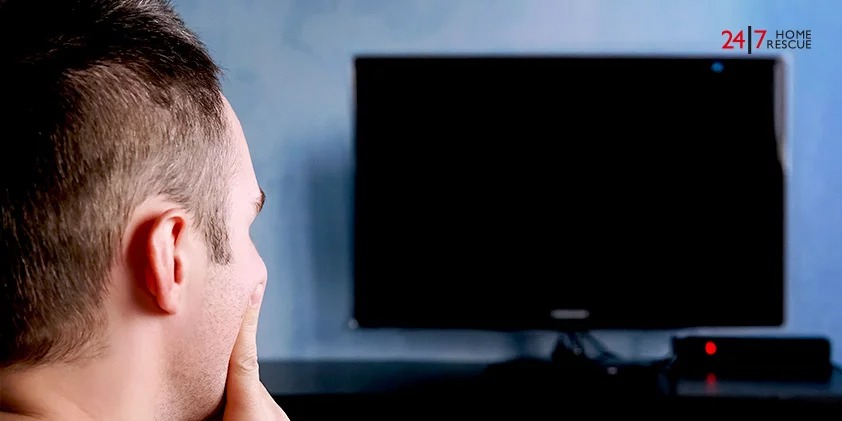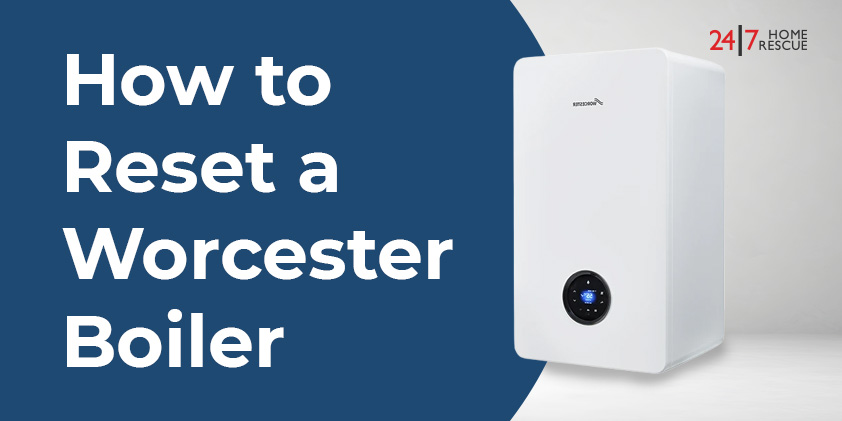
Plumbing Repairs: How to Fix Sweating Pipes
Sweating pipes are often confused with plumbing leaks, but in reality the ‘sweat’ on a pipe is actually due to condensation. When the pipe itself is considerably colder than the air in the room, then humidity in the air will collect on the pipe, creating moisture. This moisture can drip on the floor and may lead you to believe you have a plumbing emergency on your hands.
There’s no need to claim on your plumbing and drainage cover if your pipe is simply sweating; the system is likely fine and the water is coming from the external air rather than from your plumbing. However, you ought to consider whether a carbon monoxide leak is causing the pipe to sweat.
Carbon monoxide
Don’t worry yourself unnecessarily – the overwhelming majority of sweating pipes have nothing to do with carbon monoxide. However, when gas appliances do not work properly, they experience ‘incomplete combustion’, which produces harmless water vapour alongside deadly carbon monoxide.
Therefore, unusual levels of condensation in a room containing a gas appliance could indicate that the appliance is faulty.
Check to see that pilot lights are a crisp blue colour and that there are no signs of soot, scorch marks or yellow stains around the appliance, and that you are not experiencing any of the symptoms of CO poisoning. You should also invest in a CO alarm, which will warn you if the deadly gas is present in your home.
If you believe that an appliance is producing carbon monoxide, turn it off immediately, ventilate your home, contact a Gas Safe engineer, and call the emergency services if you feel unwell.

Repairing sweating pipes
The easiest way to repair sweating pipes is to insulate them.
Before you begin fitting pipe insulation, you should clean any dust and debris from the pipe and wipe the moisture off with a towel. The actual process of insulating an internal plumbing system will depend on the insulation products you bought, but these products should come with a manual that will tell you how to fit the lagging properly.
Some of the different insulation materials that can prevent pipe sweating include:
- Fibreglass
- Rubber
- Polyethelene
- Cork
Alternatively, use a specific anti-sweat insulator. These can simply be wrapped around the pipe so they completely cover it, and should completely eliminate sweating.
Although you will only need to fit pipe insulation to cold water pipes to prevent sweating, you may as well use the opportunity to lag your hot water pipes, as doing so will save you money on your heating and energy bills.
Lagging cold water pipes doesn’t just prevent sweating, either – it also makes the pipes significantly less likely to freeze over winter, and we strongly recommend that you consider installing it!
If you want to deal with the high levels of humidity in your home – the problem that caused the pipes to sweat in the first place – you will likely need to buy a dehumidifier.
Did you know that 24|7 Home Rescue offer carbon monoxide checks and Gas Safe checks with our boiler breakdown cover plans? To find out more, contact us on 0345 3192 247.
At 24|7 Home Rescue, we aim to keep our blogs accurate and helpful at the time of publication. However, details such as images, services, or product information may change. Content is for general information only and not professional advice. For the latest updates, please review our Terms & Conditions or contact us directly. 24|7 Home Rescue accepts no liability for actions based on outdated or incomplete content. Our team is always happy to help with any questions.











